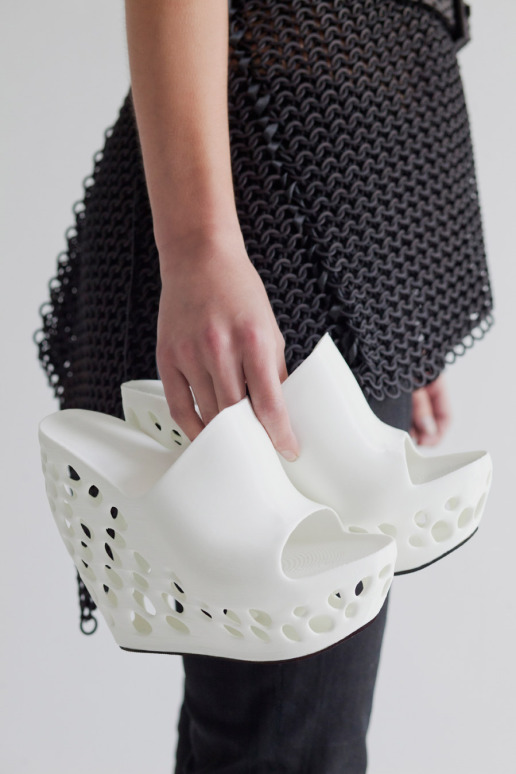
PLASTICS, NO ACCESSORISING WITHOUT THEM!
What the makers are making...
Plastic handguns, illegally cloned articles – the things that have the 3D print world buzzing tell us little about what the makers are really making - or their real "industrial" potential.
Studies by the Wohlers Associates consultancy put the number of 3D printers in service around the world at 100,000. Just over half are professional models but the ratio has been changing since 2012 thanks to sales of desktop versions.
In fact, market growth is driven by professional demand that more often reflects the widening of access to prototyping or limited series production for all.
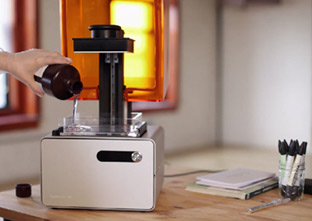
 So, despite its consumer market positioning and many web stores, the online 3D printing company sculpteo.com prioritises customisation-oriented services more than creation, like its 3DPcase application and 3D mobile phone case printing service or the recent partnership with the Orange online shop.
So, despite its consumer market positioning and many web stores, the online 3D printing company sculpteo.com prioritises customisation-oriented services more than creation, like its 3DPcase application and 3D mobile phone case printing service or the recent partnership with the Orange online shop.
Sticking closer to the "makers" spirit, the 3D Hubs platform with its thousand-strong fab-lab network also bears witness to the more "pro"-oriented thrust of this emerging market. Gadgets, fashion accessories, gifts and toys may well account for over half the prints ordered, but more than 40% of transactions are still for prototypes and models.
Fashion makers for fashionistas
 Is 3D printing really an inspiration for fashion designers? Or more about what successful start-ups want? Dutch designer Iris Van Herpen presented a "3D Collection" in the July Fashion Week, made with the help of Stratasys, one of the two industry heavyweights.
Is 3D printing really an inspiration for fashion designers? Or more about what successful start-ups want? Dutch designer Iris Van Herpen presented a "3D Collection" in the July Fashion Week, made with the help of Stratasys, one of the two industry heavyweights.
Early 2013 saw the ample curves of American retro style icon Dita Von Teese draped in a stunning fully-articulated sheath dress printed by Shapeways, one of the main online shops for 3D printed goods.
With its huge range of costume jewellery and decorative items, this online store is clearly set to become the showcase for "fashion makers". Its exclusive offers include the N12 bikini, the world’s first ready-to-wear, 3D-printed article of clothing designed by Jenna Fizel and Mary Huang, the two founders of the New York-based Continuum Fashion design lab.
All the pieces in this waterproof, flexible swimsuit, closures included, are made of Nylon 12, hence its name, by laser sintering. So this wardrobe item comes with a fairly hefty price tag of between US$ 250 and 300, depending on size.
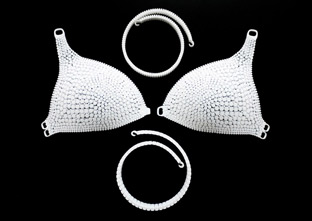
Home sweet plastic home !
 A natural home of CAD (computer aided design), avant-garde architects are champing at the bit in the hope that 3D printing will develop machines that can produce large-scale components.
A natural home of CAD (computer aided design), avant-garde architects are champing at the bit in the hope that 3D printing will develop machines that can produce large-scale components.
Dutch company DUS Architects has taken the plunge by creating its own 3D printer for making houses. Dubbed “KamerMaker”, this movable unit housed in an adapted cargo container custom-produces honeycomb structured building elements on-site.
DUS Architects hopes to complete its first project - a typical Dutch canal house but with a tubular structure, by year-end. The prototype will be in polypropylene, but the architects hope to be able to use bioplastics and recycled plastics later on.
Conscious of the current limitations of the process, not least the choice of materials, they still believe that it will bring about radical changes in future urban planning and construction methods, cutting both costs and completion times.
Coming soon – freehand 3D drawing !
Goodbye CAD software,computers and printers! Hello freehand 3D drawing. This is the left-of-field idea that two young robot designers, Maxwell Bogue and Peter Dilworth, have developed for their start-up business WobbleWorks.
Crowd-sourcing over $2,300,000 in a matter of hours on the internet compared to the $30,000 asked for enabled their project to become reality with this year’s launch of the 3Doodler - the first 3D printing pen.
The 3Doodler uses 3mm ABS or PLA plastic as its "ink" using melted material deposition technology.
While not yet on shop shelves, the pen can, standard geek practice, be pre-ordered on the manufacturer's website. So, for $99, come February 2014, comic book fans and architects will be able to 3D sketch superheroes or whole towns.

Plastics on the fast track
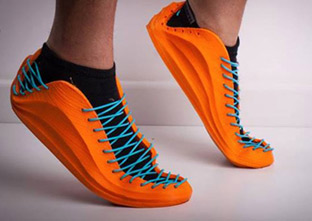 3D printing appeared in leading-edge sectors in a bid to cut design times and the cost of previously outsourced services, as ski manufacturer Salomon opted to do in 2012 in its Annecy Design Center Footwear Department.
3D printing appeared in leading-edge sectors in a bid to cut design times and the cost of previously outsourced services, as ski manufacturer Salomon opted to do in 2012 in its Annecy Design Center Footwear Department.
The results? Costs halved by the second year, even with the cost of the printer and consumables, and demand coming from all the brand’s departments.
Hi-tech sectors like aerospace that have been using 3D printing for prototyping for over 20 years are now also using it for manufacturing.
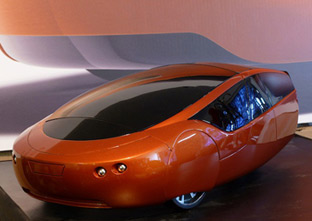 Another pioneering industry in 3D, motor manufacturing, has also kitted out its design offices with professional printers for rapid prototyping, but entertains no illusions about their ability to compete with standard production lines.
Another pioneering industry in 3D, motor manufacturing, has also kitted out its design offices with professional printers for rapid prototyping, but entertains no illusions about their ability to compete with standard production lines.
And yet, such is the, as yet very remote, hope cherished by Stratasys, the leader in FDM plastic filament deposition technology. A firm believer in the ultimate value of its printers to motor manufacturing, it has become the main financial backer of the Kor Ecologic start-up’s Urbee 2 project to 3D print: a hybrid engine car with a molten polymer body and interior in 40 days for a cost of about $75,000.
Coming soon: bioprinted stem cells
Keen to capitalise on advances in medical imaging, the healthcare sector has enthusiastically embraced additive manufacturing processes. Laser sintering allows a wide range of biocompatible, titanium, technical polymers like PEEK and ceramic, etc., materials to be used to produce tailor-made implants. Other technologies are not far behind.
The only manufacturer of professional 3D printers, Phidias, has made a breakthrough on the market for dental implants with a novel stereolithography process that replaces lasers with a combination of UV LED and micro-mirrors to simultaneously polymerise two million points on a photosensitive resin.

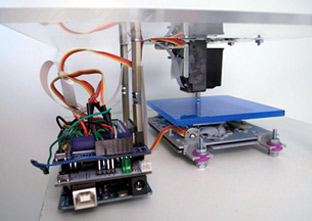 But researchers are still after more than these amazing breakthroughs in biomechanics, and are now looking to replace plastic or titanium with cells to re-create transplantable organic structures by 3D printing.
But researchers are still after more than these amazing breakthroughs in biomechanics, and are now looking to replace plastic or titanium with cells to re-create transplantable organic structures by 3D printing.
A team of biologists at Scotland’s Edinburgh University announced encouraging results in February 2013 with the operation of a kind of 3D printer capable of building up thin layers of human embryonic stem cells. As yet, any idea of recreating an organ is out of the question. They merely observed that three days after the experiment, close to 90% of the cells were alive and maintained the ability to differentiate into other cell types.





